Dana Valencia: Witness to the ground zero of Love
The university medical aid convoy that brought hope and comfort to the communities affected by the devastating DANA in Valencia
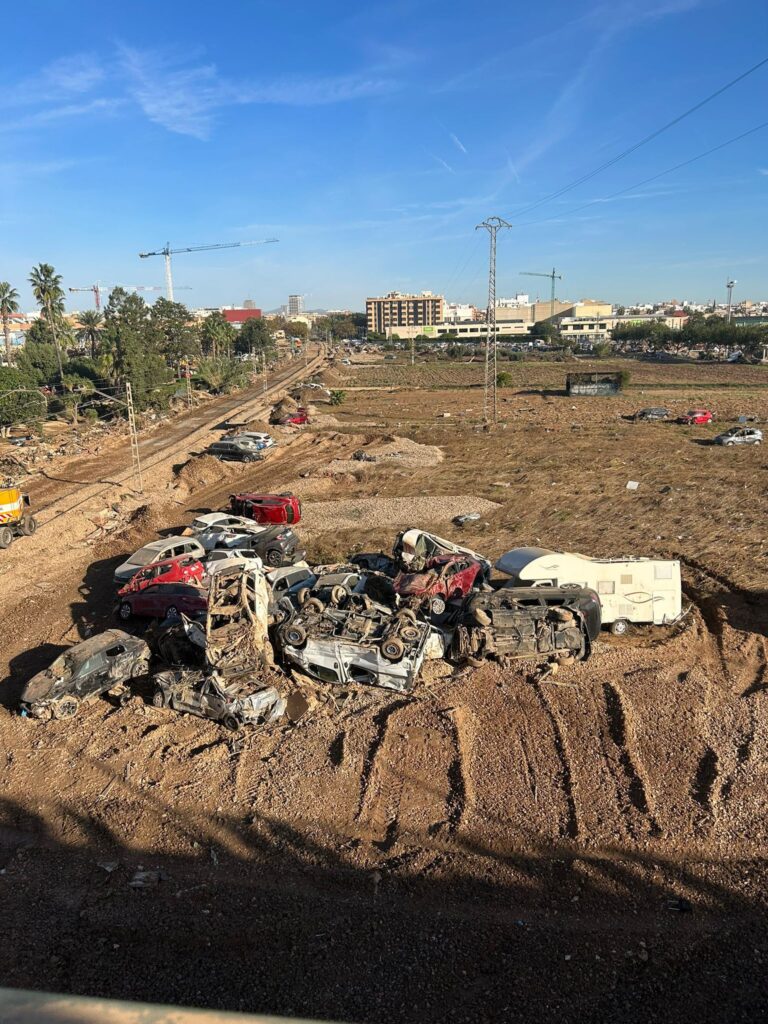
The drama of the loss of 216 fatalities and 23 missing is so enormous, to which must be added the suffering, anguish, fear, or despair for the material and psychological damage caused in their lives, that any comment is unnecessary. As if that were not enough, fifteen days after the fury of nature was unleashed, the terrifying fear of the damage that the torrential rains that are approaching again on the Valencian coast may cause returns. There is, however, another tsunami in the devastated areas that few talk about.
Health convoy on the move
On Monday, November 4, the psychiatrist and professor of the Faculty of Medicine of the Autonomous University of Madrid, Jesús Poveda, contacted Dr. Luisa González, president of the Foundation of the College of Physicians of Madrid (ICOMEM). He informed her that he was organizing a convoy of students, doctors, nurses, and nutritionists from the Autonomous University of Madrid to go to some of the most affected Valencian towns. He had even given the mission a name: “University Medical Aid” (AMU).
 From the non-profit collegiate entity, we joined in by activating a new help line for the victims of the DANA. Immediately after, we had thirty retired doctors from ICOMEM collaborating in the collection of protective and sanitary hygiene material and an incessant flood of calls from members to see how they could help. In the following hours we received generous donations of more than 30,000 units of the requested material from family businesses such as the owners of the Hotel Orfila or the Emergency Coordination of the Madrid City Council, as well as many individuals who came to our headquarters.
From the non-profit collegiate entity, we joined in by activating a new help line for the victims of the DANA. Immediately after, we had thirty retired doctors from ICOMEM collaborating in the collection of protective and sanitary hygiene material and an incessant flood of calls from members to see how they could help. In the following hours we received generous donations of more than 30,000 units of the requested material from family businesses such as the owners of the Hotel Orfila or the Emergency Coordination of the Madrid City Council, as well as many individuals who came to our headquarters.
The convoy consisted of more than seventy students, the palliative care physician Ana Corral, Professor Poveda himself and me, who travelled on a bus, several cars and vans loaded with sanitary and hygienic protection material. We left on Friday at midday for Aldaia, a town of 32,000 inhabitants with neighbourhoods devastated by flooding after the overflow of the Saleta ravine.
Sonia Sena, coordinator of nurses at one of the health centres in Aldaia destroyed by the DANA, organised that we could spend the night in a space set up as a health care point. In addition to being endearing, Sonia, mother of two twin daughters, proved to be a brave and diligent nurse, with an innate capacity for mobilisation and leadership, and enormous doses of empathy. She explained to us the needs of the population and the recommendations so that our help would be more effective.
 Following her instructions, on Saturday we deployed divided into groups to different places, buildings, houses, parks, etc. who still needed all hands on deck to pump out a mixture of mud, stagnant water and a septic tank. I accompanied Dr. Corral to visit the two points and health centers that they suggested to us in case reinforcement was needed. Eleven days had passed since the tragedy, and they were calm, well covered by the teams of local health professionals. Now it was time to pump out mud, care for, and hug, as the rest of the groups were doing.
Following her instructions, on Saturday we deployed divided into groups to different places, buildings, houses, parks, etc. who still needed all hands on deck to pump out a mixture of mud, stagnant water and a septic tank. I accompanied Dr. Corral to visit the two points and health centers that they suggested to us in case reinforcement was needed. Eleven days had passed since the tragedy, and they were calm, well covered by the teams of local health professionals. Now it was time to pump out mud, care for, and hug, as the rest of the groups were doing.
The church, the meeting point
As night fell, despite the fact that the clock only marked seven in the evening, the meeting point was the Church of the Incarnation of Aldaya. When the bells rang announcing the beginning of the Holy Mass, those of us who wanted to be gone inside the temple. Our surprise was to discover that there was barely room for a pin. And even more so, the joy with which all the parishioners sang at the top of their lungs together with the small choir of teenagers with guitars was an astounding and comforting scene. That community seemed proud of its faith and its gleaming church. Amidst so much devastation, their hope and trust in God were contagious. Children, young people and adults rose from adversity, supported each other and prayed together for everyone.
 The parish priest proudly recounted that the help of his parishioners had made it possible to celebrate that first day of worship after the flood that had rendered the temple unusable. They prayed for the deceased, their neighbors, relatives, friends. They prayed that they would find the spiritual accompaniment so necessary at this time “helping especially those most in need, because we are going to be God’s messengers among our people. We are going to be the image of God in the midst of this catastrophe.”
The parish priest proudly recounted that the help of his parishioners had made it possible to celebrate that first day of worship after the flood that had rendered the temple unusable. They prayed for the deceased, their neighbors, relatives, friends. They prayed that they would find the spiritual accompaniment so necessary at this time “helping especially those most in need, because we are going to be God’s messengers among our people. We are going to be the image of God in the midst of this catastrophe.”
Soon the parishioners would again show their unconditional availability: the priest made a request for volunteers to transport the fifty or so students in our convoy who did not have vehicles to the neighbouring town of Loriguilla, given that the bus that dropped us off in Aldaia would not return until Sunday to pick us up. In less than a minute a small army of faithful appeared offering their services. Some lived nearby, others far away. It did not matter, they arrived with their private cars and transported the unwieldy group of students on a health-humanitarian mission.
Hope and hugs
The municipal pavilion in Loriguilla welcomed us, this time yes, with blankets, mats, showers, heating and abundant prepared food. That seemed like an Asian luxury to us. The mayor, Montse Cervera, and the entire municipal corporation welcomed us with open arms and many stories to tell us. Her own deputy mayor, the pharmacist Carlos Rodado, had lost everything because his house is under the Pozalet ravine. Fortunately, his wife, his in-laws and his dog were saved. The collapse of the ravine, smaller than the sadly famous Poyo, had left the town cut off from communication and without water, electricity and gas for several days. There were people trapped in the trains and in the industrial estate and bridges destroyed. A town flooded with water and mud from Utiel, Requena, Cheste and Chiva that was already recovering, and that welcomed us with true enthusiasm.
The members of the municipal corporation and their volunteers listened gratefully and attentively to the emotional experiences recounted one by the students. Suffice it to say the emotional hug that a woman of about forty years old gave to Marta Hullin, a second-year nutrition student, after the hard day with her group removing water from the garage of her apartment building or Gloria, the lady who broke down in tears with the medical student Mercedes Ramírez and gave her a rosary, the only thing she had.
 On Sunday, the municipal delegation accompanied by civil protection took us to nearby Alfafar and the already famous Paiporta. They left us in Benetússer where the destruction was terrible. The heat was oppressive under the PPE, gloves and protective material soaked by the effort of pushing through the mud that still covered above the knees in some streets in the center. Despite the fact that access to road traffic was closed, hordes of volunteers arrived at foot from all sides.
On Sunday, the municipal delegation accompanied by civil protection took us to nearby Alfafar and the already famous Paiporta. They left us in Benetússer where the destruction was terrible. The heat was oppressive under the PPE, gloves and protective material soaked by the effort of pushing through the mud that still covered above the knees in some streets in the center. Despite the fact that access to road traffic was closed, hordes of volunteers arrived at foot from all sides.
As the morning began, long convoys of the UME, the Legion, national police, firefighters and machinery began to join in a continuous hustle and bustle through the streets. The roar of trucks and heavy vehicles emitting sounds was constant. It seemed like a concert for out-of-tune instruments, with intermittent high-pitched whistles, in the middle of a cloud of dust that made the air unbreathable. It was the closest thing to a war zone. The gratitude of the population was shocking. The cry of welcome, a woman seeing one of the military delegations, said it all: “Thank God you have arrived.” And so much.
I have been a direct witness and voluntary protagonist of the flow of generosity and dedication of our young students, doctors and all kinds of people, regardless of their status or condition, to help those who suffer the most. A privileged witness of the immense gratitude of those who receive help. But I have also witnessed a much greater torrent that is hardly spoken of: volunteers, bearers of comfort, faith and hope in God. Living testimony of the ground zero of Love. A silent and authentic tsunami.
Isabel Durán – Director of the Foundation of the College of Physicians of Madrid (ICOMEM)
Related
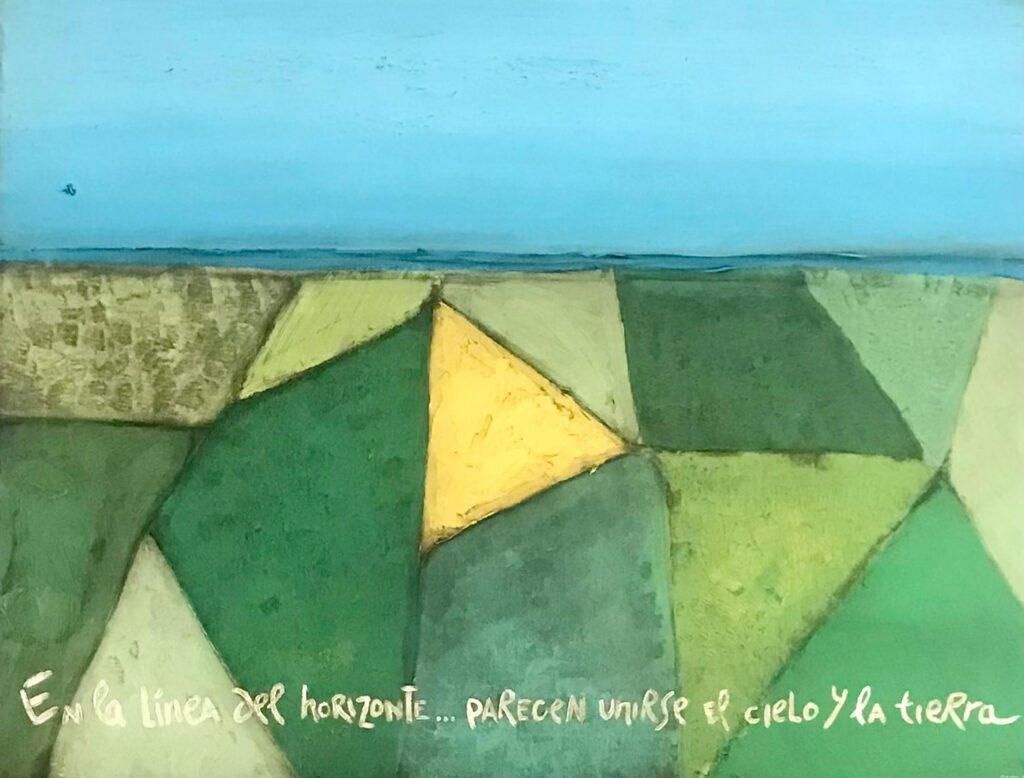
Emilio Girón: Stubbornness and Tinto de Verano
Exaudi Staff
30 March, 2025
5 min
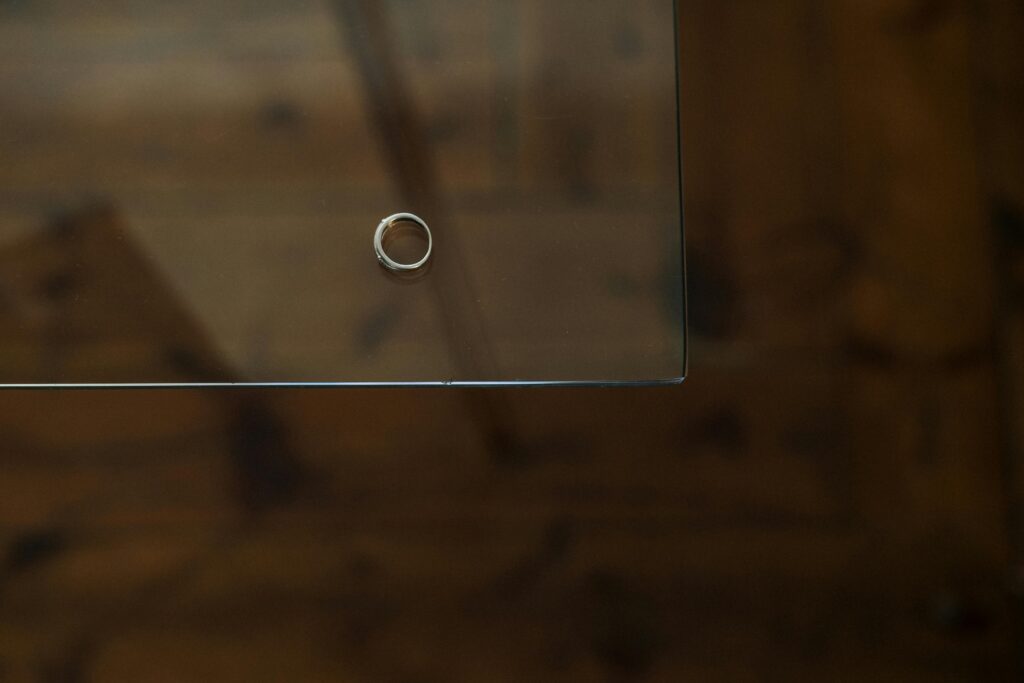
Facing Divorce as a Christian Couple
Laetare
28 March, 2025
2 min
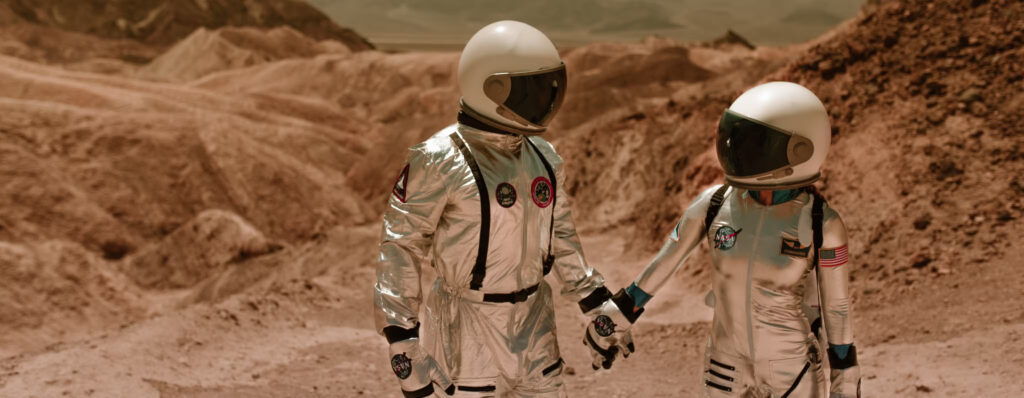
Mars Colonization: Technological Progress or Threat to Human Dignity?
Observatorio de Bioética UCV
28 March, 2025
9 min
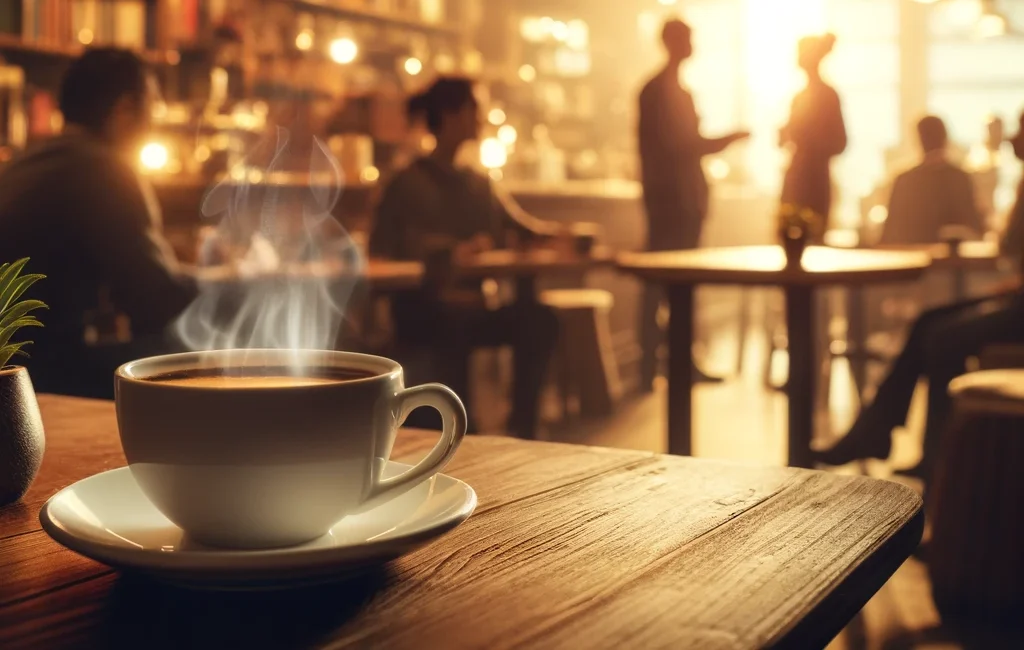
The Good Smell of Coffee
Edistio Cámere
27 March, 2025
3 min
 (EN)
(EN)
 (ES)
(ES)
 (IT)
(IT)

